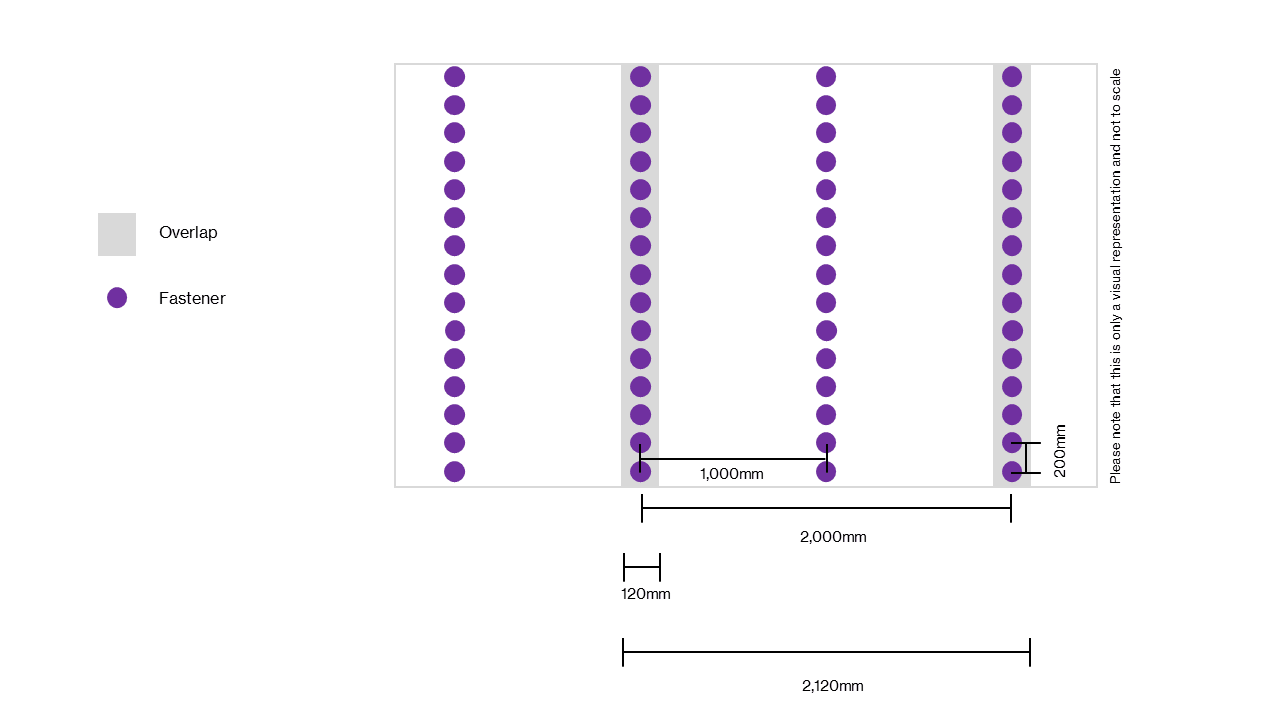
What are fastener densities and how are they calculated?
- Read time: 1.5 minutes
- Date: 14 Oct 2024
- Flat Roofing
Fastener densities (also known as fastener frequencies) describes the number and pattern of fasteners needed to secure the flat roofing system to the structural deck. To do this, there must be an adequate number of fasteners to withstand the loading placed on the building. You also need to take into consideration any other requirements such as manufacturers guidance etc.
If fewer fasteners are used than are required to withstand the loading, then the tensile, shear, and other forces that are transmitted to the fasteners could be too great for them to withstand. This could cause individual fasteners to fail, which then places greater loading on the remaining fasteners, and in a short amount of time, could lead to total roof failure.
It's also possible to use too many fasteners for the application - and while this won't have a negative effect on the performance of the building envelope, it will cost more than it should, both in terms of the materials used and the labour required to install them, as well as having a detrimental impact on heat loss.
How are fastener densities calculated?
To determine the correct fastener densities for the application, the designer, engineer, or contractor must ensure that they can withstand the different loads that will be placed on the walls and roof. As a result, certain calculations must be undertaken to determine the dead, live, and wind loadings placed on the external envelope. Of these, wind load is perhaps the most important, especially in flat roofing applications, because it can cause significant amounts of suction that literally pull off the building.
A flat roof normally has three or four different zones (corner, perimeter, field, and inner field), and the fastener density will generally differ from zone to zone. The corner zone will require the greatest density of fasteners as the wind load is highest here, then the perimeter, followed by the field, where the least number of fasteners is required. There is also an inner field zone, but this is normally only used on large roof areas. The wind load calculation will determine the size of the zones as well as the fastener density.

If you are requesting calculations from a third party, such as a fastener manufacturer, you will need to provide geographical location, building height, parapet height, plan dimensions, and deck type, etc., to enable an accurate calculation to be carried out.
It should also be noted that many OEMs provide guidance on the maximum and minimum spacing for fasteners used with their systems. Failure to follow this guidance could invalidate the warranty.



